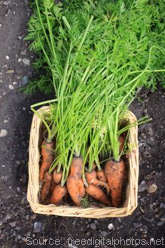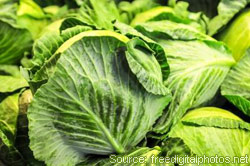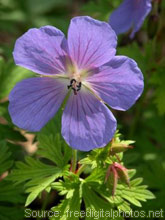 To add this infographic to your site, please copy the embed code from the above box and paste this code on your site.
To add this infographic to your site, please copy the embed code from the above box and paste this code on your site.
It's not too late, you know. There is still time for some serious summer savings. By growing your own mid-season vegetables, you can put away up to a couple hundred dollars between now and Thanksgiving.
With little to no excuse--except you exist in the searing sun or bitter below-freezing climate all year-- you can grow a garden and literally produce prosperity by not filling up those annoying plastic bags with expensive greens at the grocery store.
Gardening, not only a frugal hobby, is a great way to get the vitamins and minerals our bodies need through the crops we personally produce. Said nutrients not only keep you healthier, they taste sweeter than any synthetic substance stored up on your cabinet shelf. Aside from being healthy and tasty, eating your own home-grown vegetables will make your wallet fatter as you grow slimmer from the low-calorie food.
Yes there is the cost of seeds, fertilizer, water usage, and time spent planting, weeding and harvesting; however, the price of the aforesaid does not tally up to the total savings you will set aside from having a vegetable plot of your own.
Watch My Garden Grow

Mid- to late-summer vegetables are ready for root. Crops such as carrots, beets, globe onions, parsnips, cauliflower and sprouts should all be sown by the end of July to reap a full November harvest. Some other vegetables that are perfect for planting now and picking later are beans, spinach and cabbage. The most cost-effective vegetables to grow in July that still have enough time to mature the rest of the season are lettuce, bell peppers and broccoli.
When growing grand-scale veggies, it is important to have healthy mulch. While it stops the spread of disease, mulch also conserves moisture and keeps weeds from growing in the crops. The substance is also used to create pathways between vegetable rows for easy yielding. Though it is aesthetically pleasing, mulch's main purpose is to produce healthier plants that will gainfully grow. There are two types of mulch, organic and inorganic. Organic decomposes overtime, and inorganic does not decompose over time. Some types of organic mulch are soft and hardwood bark, municipal tree waste, cocoa bean hulls, leaf mulch, grass clippings, composted animal manure and newspaper. Examples of inorganic mulch are film, plastic or rubber. The two mulches are very different with the first earth-friendly and the later detrimental to the environment.
Look At My Flowers Flourish

And you thought the savings were over with the vegetables. Just imagine how much money you could save this season on perennials or roses, one of the most expensive flowers to grow. Actually, don't imagine, rather run out and get some of the flower beds and see the savings for yourself by the summer's end.
Ideally, you will have already started your rose garden and are growing the love-labeled flower, fertilizing them for the third and final time at the end of July and never fertilizing them after August 1. When you are spraying, use a 20-20-20 fertilizer and check for any black spots. If you find any spots, spray the bed with fungicide.
Don't let the savings stop with the dozen roses you will yield. Instead of picking up and paying for a couple pots of perennials to brighten up your walkway or deck, grow your own beds that bloom bright red, purple and white petals during the summer. If you have already planted these petite flowers this season and would like to see them flourish all over again, then shear flower spikes from any delphiniums, geraniums and salvia. As for mulch, use no more than two to three inches of composite around any bloomed flowers.
Greener Gardening Tips
First and foremost, do not fertilize your lawn in the summer. The best time to enrich your sod with a 3-1-2 ratio fertilizer is in the early fall. As for cutting the grass, only mow it when it is two to three inches, or high-level, in the summer.
According to the Chicago Botanic Garden July Checklist, in dry and hot weather, recently-rooted perennials and roses should receive one inch of water a week, especially in the root zones. Though rain is healthy for your garden, the precipitation often brings upon insects, creating garden pests. Yet with any number of bug chemicals, you can keep an eye on the problem while the creepy-crawlies are eyeing your Thanksgiving vegetables. So don't waste any more time thinking about it, plant a mid-summer garden now and save later!